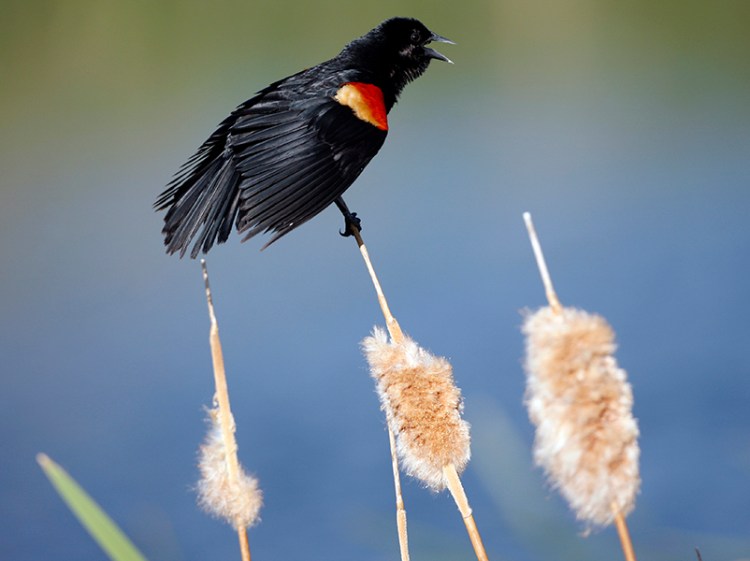In 1772, composer Franz Josef Haydn was enjoying a stay at the estate of his patron, Prince Esterhazy, in Hungary. Haydn and his small orchestra were working long hours and many of the members were tired and homesick. Rather than directly asking the prince for a vacation, Haydn composed his Farewell Symphony to get his message across – the orchestra needed a break.
The Farewell Symphony begins with the entire orchestra playing. In the final movement, an orchestra member in turn would stop playing, snuff his candle and walk offstage. By the end of the movement, only Haydn and the concertmaster were left on stage.
Esterhazy got the message and gave the orchestra a well-deserved holiday.
The same effect is occurring now with our songbirds. Now a walk in woods in the early morning is no longer accompanied by a deafening chorus of many voices but rather isolated songs from a few species. A recent excursion yielded frequent songs of hermit thrushes, red-eyed vireos, black-throated green warblers and song sparrows. Gone were the songs of ruby-crowned kinglets, ovenbirds, chestnut-sided warblers, rose-breasted grosbeaks, red-winged blackbirds and a host of other breeding songbirds that were in full voice a month ago.
We know the primary functions of male song are to attract a mate and repel other males. Most songbirds in Maine have a single brood each summer and young typically fledge by mid-July.
We do not have good information on the energetic cost of singing but measurements on canaries indicates singing increases the metabolism of a standing bird by about 5 percent.
Since singing requires energy, the more interesting question is not why do so many songbirds cease singing after breeding but rather why do some songbirds continue to sing after breeding?
One possible answer is that the males are tutoring their sons. With few exceptions, a songbird must learn to sing its characteristic song from hearing its father or other males of its species sing.
Song learning occurs via a series of steps. The sensitive phase begins only a couple of weeks after hatching. A young male hears adult males singing and memorizes the song. In some species a single sensitive phase occurs. For instance, the song sparrow has a sensitive phase that lasts for about three months, beginning a week after hatching.
The European starling has two sensitive phases, one between the third and fifth months of its life and a second one between the ninth and 11th months of its life.
During this time a young bird encodes a template of its species song in its brain. A young bird typically engages in subsong after the sensitive phase is completed. This subsong is the avian equivalent of human babbling. Notes are sung but in the wrong order. Subsong may not be audible even six feet away, but typically becomes louder with practice. You may be able to hear the subsongs of song sparrows or other birds in the next few weeks.
Over the winter a process called crystallization occurs. The brain processes the template of the learned song to allow the song to be sung. The process is accelerated by the production of testosterone, preparatory to the male’s first efforts at breeding. At the end of the crystallization period the adult song is sung perfectly.
Coincidentally, the obituary of Peter Marler was released this morning. Marler spent his academic career at Berkeley, Rockefeller University and the University of California-Davis. He pioneered the use of spectrograms to analyze bird sounds and contributed much to our understanding of song learning and dialects. If fact, Marler could look at the spectrogram of a Californian white-crowned sparrow and tell you precisely where that bird was recorded based on its dialect.
Herb Wilson teaches ornithology and other courses at Colby College. He welcomes reader questions and comments at
whwilson@colby.edu
Copy the Story LinkSend questions/comments to the editors.



Success. Please wait for the page to reload. If the page does not reload within 5 seconds, please refresh the page.
Enter your email and password to access comments.
Hi, to comment on stories you must . This profile is in addition to your subscription and website login.
Already have a commenting profile? .
Invalid username/password.
Please check your email to confirm and complete your registration.
Only subscribers are eligible to post comments. Please subscribe or login first for digital access. Here’s why.
Use the form below to reset your password. When you've submitted your account email, we will send an email with a reset code.